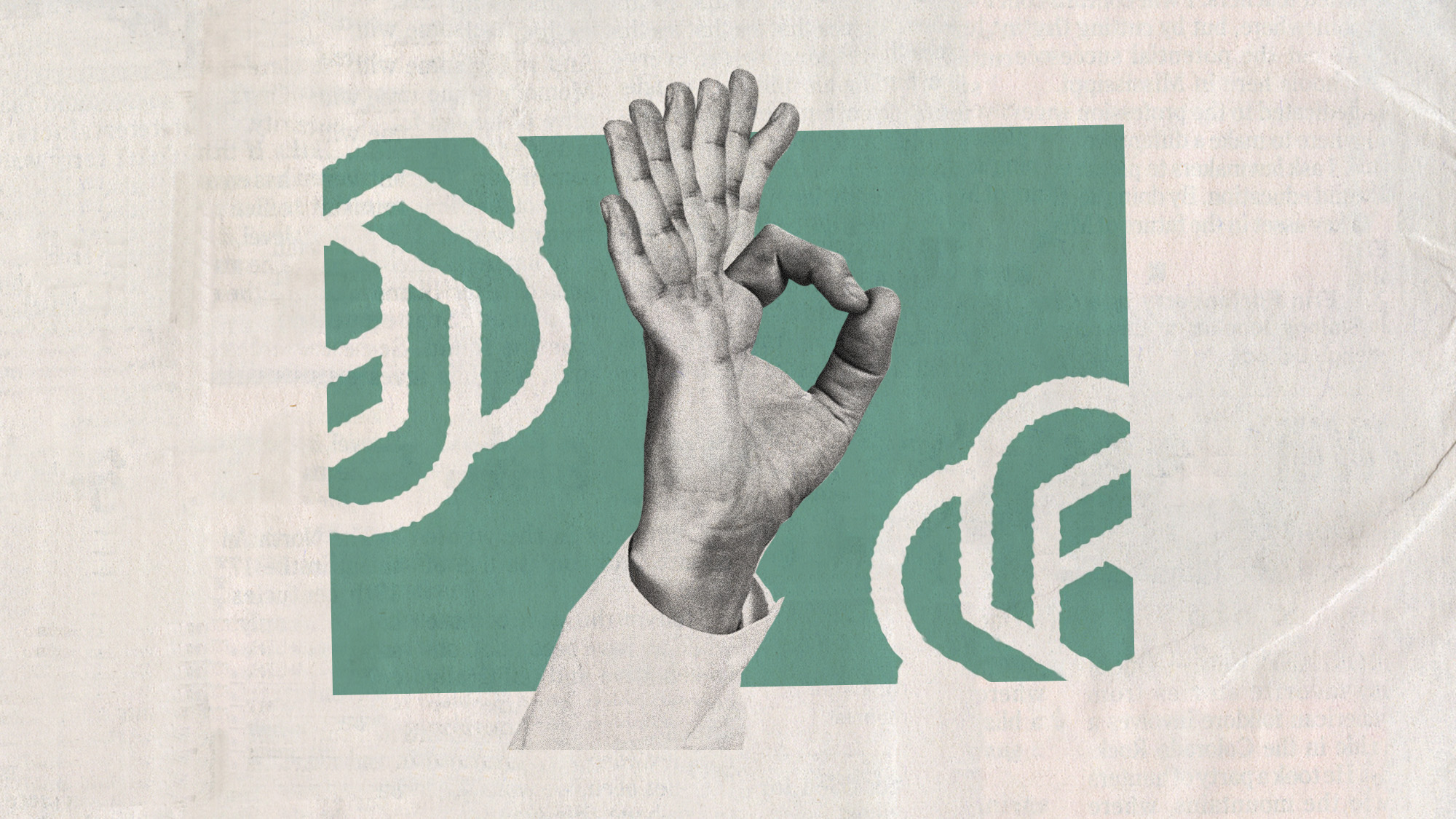How to put your savings on autopilot
4 ways to save money without even thinking about it

Saving money is a key part of any plan for your financial future. With something set aside, you can cover a down payment on your first house, splurge on a big vacation, or, more importantly, cover an unexpected expense that would otherwise drive you into debt.
Financial advisers say you should have enough in an emergency fund to cover three to six months of expenses in case you get sick, wreck your car, or get blindsided by some other big, unplanned expense, but 24 percent of Americans have not squirreled away a dime, according to Bankrate's June Financial Security Index survey. And that's actually good news — 24 percent is the lowest level for this key measure of financial preparedness that Bankrate has seen since it started the polling in 2011.
If you're among the millions with too little saved for a rainy day, don't worry. There's a simple way to get on track: Put your savings on autopilot. Here's how:
The Week
Escape your echo chamber. Get the facts behind the news, plus analysis from multiple perspectives.

Sign up for The Week's Free Newsletters
From our morning news briefing to a weekly Good News Newsletter, get the best of The Week delivered directly to your inbox.
From our morning news briefing to a weekly Good News Newsletter, get the best of The Week delivered directly to your inbox.
1. Find a robo-savings tool that works for you
"You have to be in the habit of regularly contributing to your savings, ideally, with a direct deposit from each and every paycheck," says Greg McBride, Bankrate's chief financial analyst.
It's easy set up a monthly (or weekly) transfer from your checking account to your savings account, preferably a high-yield one. If you are in the habit of handling your banking online, log in and look for a heading like "transfers" on your bank's website. There, you should be able to order a transfer for a set amount from one account to another, and set it to repeat at the interval you're comfortable with. Done.
A problem with this approach, at least for those of us who are a bit lacking in the discipline department, is that it's just as easy to move that money back from savings to checking when cashflow isn't what it should be. That's fine — it's better to cover a shortfall with what's in your savings account than to pay the interest your credit card company will charge — but you're back to square one, or at least taking a step backwards, in your effort to build that emergency stash.
A free daily email with the biggest news stories of the day – and the best features from TheWeek.com
2. Try hiding your money ... from yourself
One way around this is to put the money someplace where it's a little harder to reach, like a separate, dedicated high-interest savings account, or maybe staggered CDs. If you have an IRA or other long-term investments with a financial firm, you might want to set up an automatic investment to a non-retirement account there.
3. Take a savings app for a spin
There are lots of reviews of the different options, which include Digit, DoBot, Betterment, Wealthfront, and Acorns. Before diving in, read up on them to find the app that best suits you. I tried out Acorn to get a feel for it. Its fees are $1 a month until your account reaches $5,000. Then it's 0.25 percent per year.
Acorns' selling point is that you can link up your credit cards and the service will round up every transaction you make to the nearest dollar — spend $10.10 and 90 cents goes into your "round-ups" pile. Every time your "round-ups" add up to $5, Acorns takes the money out of your linked bank account and puts it into your Acorns account.
You can pick one of five diversified investment portfolios, depending on your risk tolerance and how long you think you'll leave the money in there. You can also set up regular weekly or monthly deposits, along with or instead of the round-ups. Again, it's meant as a tool for fledgling investors, but you can also use it for short-term savings, too. You can withdraw at any time, with no extra fee.
In my trial run, the round-ups amounted to $66.80 over six weeks, so, $11 per week. I also set up a weekly investment of $20. At that rate, I'd be investing roughly $110 per month, or about $1,320 a year. Acorns offers a half-dozen diversified investment options with varying degrees of risk. If you are looking at this as your emergency fund, you might need the money soon so, to limit the likelihood that a market downturn will eat away at your stash, consider choosing a conservative portfolio heavy in bonds. If you're thinking of this as a longer-term investment, you might go for, say, the "moderately aggressive" portfolio, which is a mix of large, small, emerging market, and real estate stocks, and government and corporate bonds. You can change portfolios at any time.
4. Trim the fat, and send the savings into your account
If you don't think you have the money to spare, think again. Look at your regular spending and look for expenses you can wipe out to free up money for your savings fund. There's that infamous latte or other daily cup of premium coffee — Vanguard's Fran Kinniry notes that $3.50 daily dose of caffeine at a coffee shop adds up to $105 a month and $1,260 a year. Eliminate that and make that $105 a month your automated savings, and otherwise carry on as before.
You might be able to find a cheaper cellphone plan, or cancel a streaming subscription you're not using, or cancel some regular indulgence, and plunk the savings into your account automatically. If you get a raise, and you haven't already planned to put that into your 401(k), you might divert that money into savings and continue to live on your old budget.
Once you've got your six-month emergency fund in place, keep going. Keep the same savings strategy in place and build a vacation fund, or a pot of money to make a down payment on a house. The goal is to make saving a habit.
Harold Maass is a contributing editor at The Week. He has been writing for The Week since the 2001 debut of the U.S. print edition and served as editor of TheWeek.com when it launched in 2008. Harold started his career as a newspaper reporter in South Florida and Haiti. He has previously worked for a variety of news outlets, including The Miami Herald, ABC News and Fox News, and for several years wrote a daily roundup of financial news for The Week and Yahoo Finance.
-
 Alaa Abd el-Fattah: should Egyptian dissident be stripped of UK citizenship?
Alaa Abd el-Fattah: should Egyptian dissident be stripped of UK citizenship?Today's Big Question Resurfaced social media posts appear to show the democracy activist calling for the killing of Zionists and police
-
 Biggest political break-ups and make-ups of 2025
Biggest political break-ups and make-ups of 2025The Explainer From Trump and Musk to the UK and the EU, Christmas wouldn’t be Christmas without a round-up of the year’s relationship drama
-
 Why 2025 was a pivotal year for AI
Why 2025 was a pivotal year for AITalking Point The ‘hype’ and ‘hopes’ around artificial intelligence are ‘like nothing the world has seen before’
